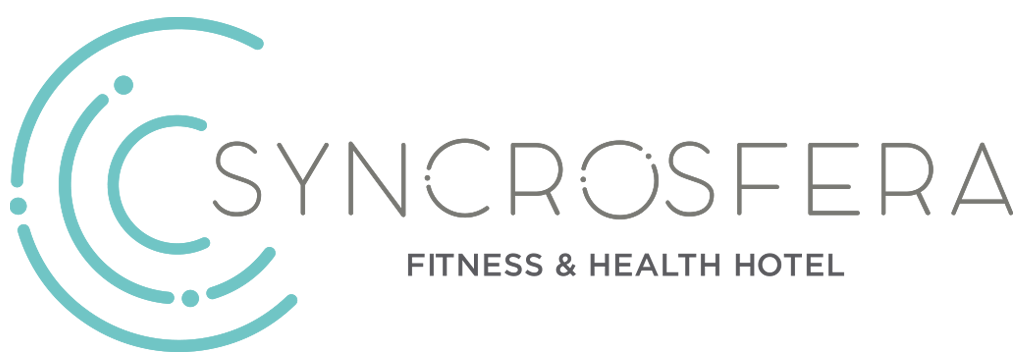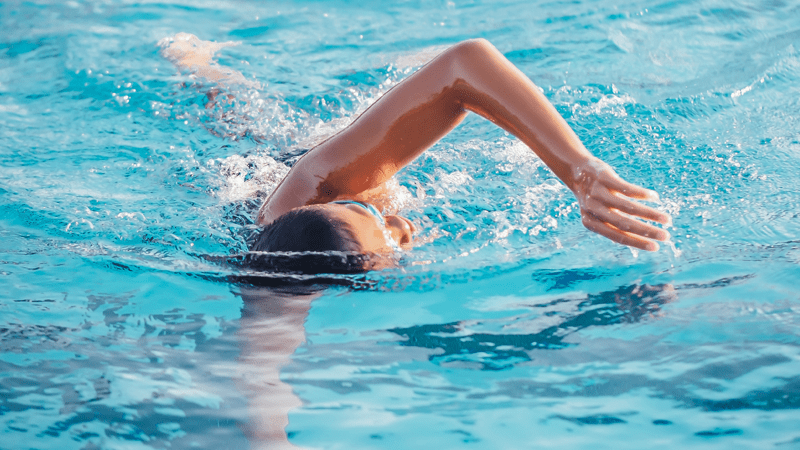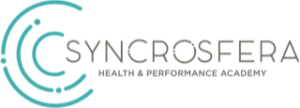Syncrolab has a great variety of disciplines and activities that compose it, one of them is swimming, which is very important as a physical activity and as a survival skill, which makes it one of the most complete sports that exists. Among its main benefits, it highlights motor conditioning, the work of muscles and joints in a balanced way, breathing, relieves stress and, above all, prevents drowning.
From the Swimming School we will seek an integral formation of the person, not only learning the correct technique of swimming styles, but also understanding how we move, generating body and spatial awareness in a gamified environment. We will make the aquatic environment a place where the child can enjoy, grow and acquire healthy habits that last beyond their time at our facilities. It is clear that one of our main objectives is that children can develop the 4 styles of swimming together with all their accessories such as laps, games, starts, etc. but also as educational agents we are focused on expanding aquatic knowledge, teaching and thinking beyond the pool about new creative situations of said knowledge, pursuing as a horizon, that this transmission configures an aquatic culture based on safe practices, which can be passed down from generation to generation. That is why our program contains content such as “Accident Prevention”, “Water Rescue” and “First Aid” among others.
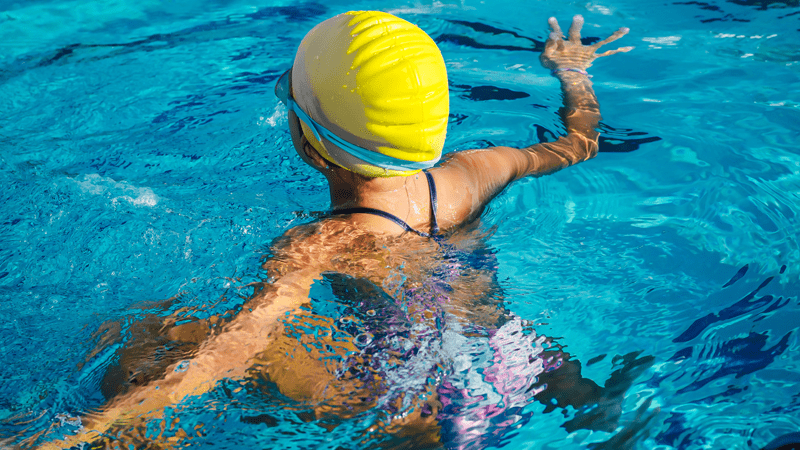
We believe that the best way to do it is with an individualized and personalized follow-up, since each child is different and their needs and the ways in which they learn are different. This is why we have small groups with a maximum of 6 children per shift and individual classes for the most beginners. In addition, in order to fully exploit the potential of each student, we work quarterly establishing what the objectives will be to achieve during those three months and giving the family an informative bulletin with an assessment of each concept worked on. Another aspect that we consider important is the division of levels, currently we can find 5: Familiarization, Initial, Intermediate, Pre-team, Team. Each level has its own objectives to meet in order to advance to the next, for which age is not a limitation.
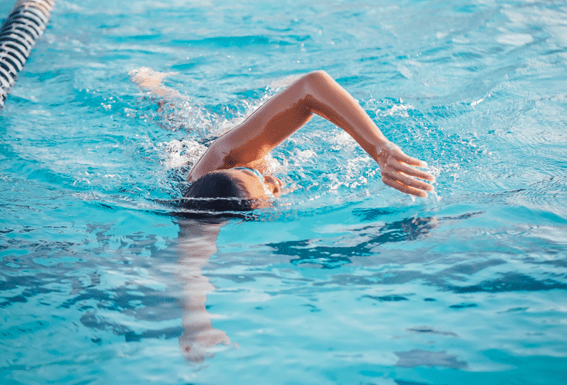
Levels and objectives
Prior to assigning a level, each student must take a test class to establish the most appropriate group for the child. The ages and previous experiences can give us a guideline but there are certain objectives that must be met at each level.
-Familiarization
We will provide, through 30-minute individual classes, knowledge, mastery and enjoyment in the aquatic environment focused on progressive autonomy through the performance of aquatic activities through play and understanding. The minimum age will be 2 years and 10 months.
Objectives to achieve the level:
● Immersion.
● Independence in the aquatic environment.
● Horizontal position.
● Ventral ulna flotation with propulsion.
● Flotation of the dorsal ulna.
● Body control.
● Jump into the water from the curb.
● Interpretation of instructions.
Recommended days: 1/2 times a week
-Initial
We will seek, through 50-minute group classes, a mastery of basic motor skills related to games, sports and activities that take place in the aquatic environment.
To be at this level the child must meet the objectives of the previous level.
Objectives to achieve the level:
● Respiratory mechanics (nose-mouth).
● Ventral ulna flotation with propulsion and rudimentary stroke.
● Dorsal ulna flotation plus propulsion.
● Body domain (body awareness, rotations in its longitudinal axis)
● Dive from the curb and jump from the starting line.
● Interpretation of instructions.
Recommended days: 2/3 times a week
-Intermediate
We will seek, through 50-minute group classes, a mastery of basic motor skills for later application and transfer to the learning of more specific skills related to games, sports and activities that take place both in the aquatic environment and on land.
To be at this level the child must meet the objectives of the previous level.
Objectives to achieve the level:
● Crawl with breathing.
● Dorsal ulna flotation plus propulsion and rudimentary stroke.
● Initiation to breaststroke or butterfly.
● Body domain (handstand, rotations on its transversal and longitudinal axis).
● Dive from the starter.
● Interpretation of more complex instructions.
Recommended days: 2/3 times a week.
–Swimming pre-team
Increase motor possibilities by conditioning and improving physical abilities and perfecting their functions of adjustment, mastery and body control, developing attitudes of self-demand and improvement.
To be at this level the child must meet the objectives of the previous level.
Objectives to achieve the level:
● Mastery and understanding of the 4 styles.
● Control and body awareness to be able to understand and correct mistakes.
● Dive from the starter with underwater exits.
● Turns and exits specific to each style.
● Works with clock.
● Independence in the dressing room.
● Mastery of dry warm-up.
Recommended days: 3/4 times a week.
-Swimming team
The swimmer should already have clear concepts of technique and training methods. General and balanced physical conditioning will be emphasized at this level. A high level of all swimming skills will be required and sport-specific technical and race skills will be required in competitive and high-pressure conditions.
intensity.
Objectives to achieve the level:
● Responsibility and commitment to training.
● Self-demand and desire to progress.
● Compete in tournaments.
● Dry training.
● Theoretical evaluations will be carried out.
